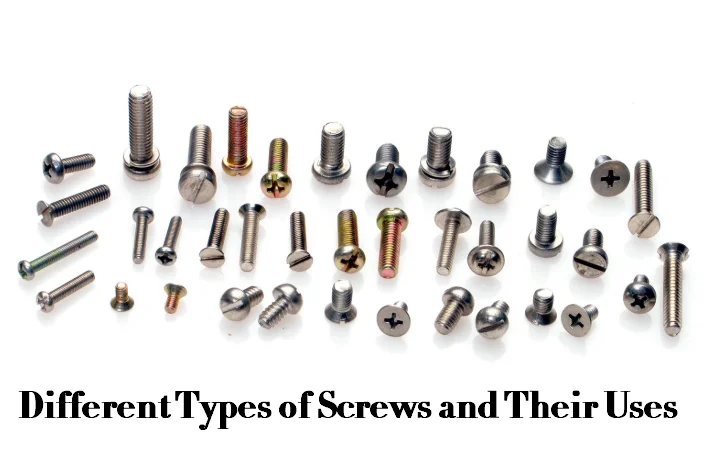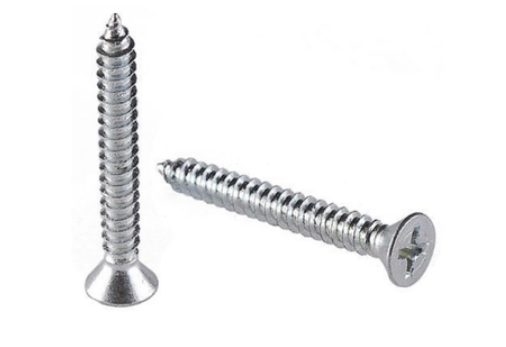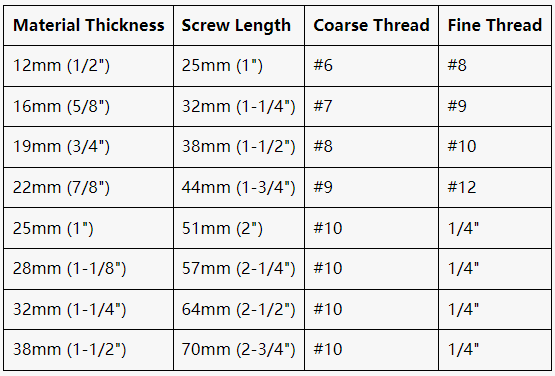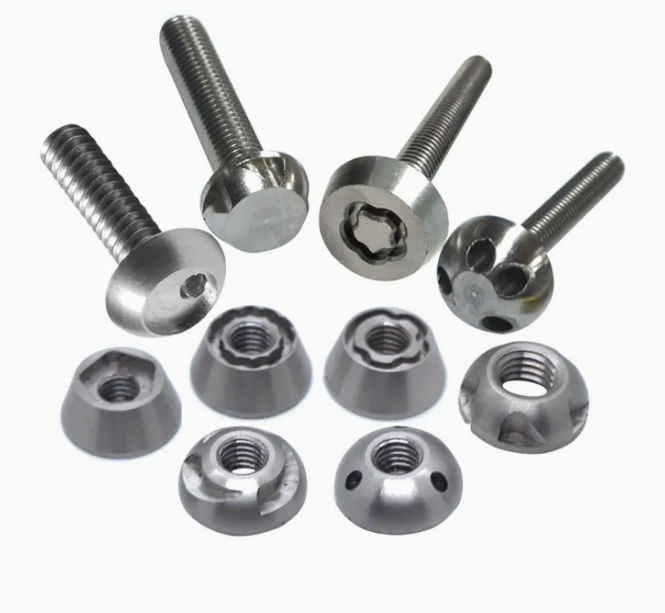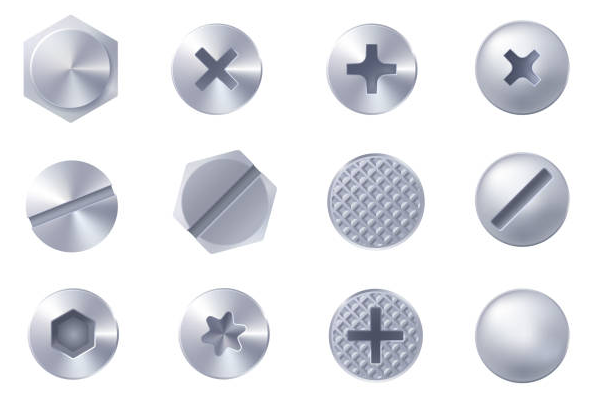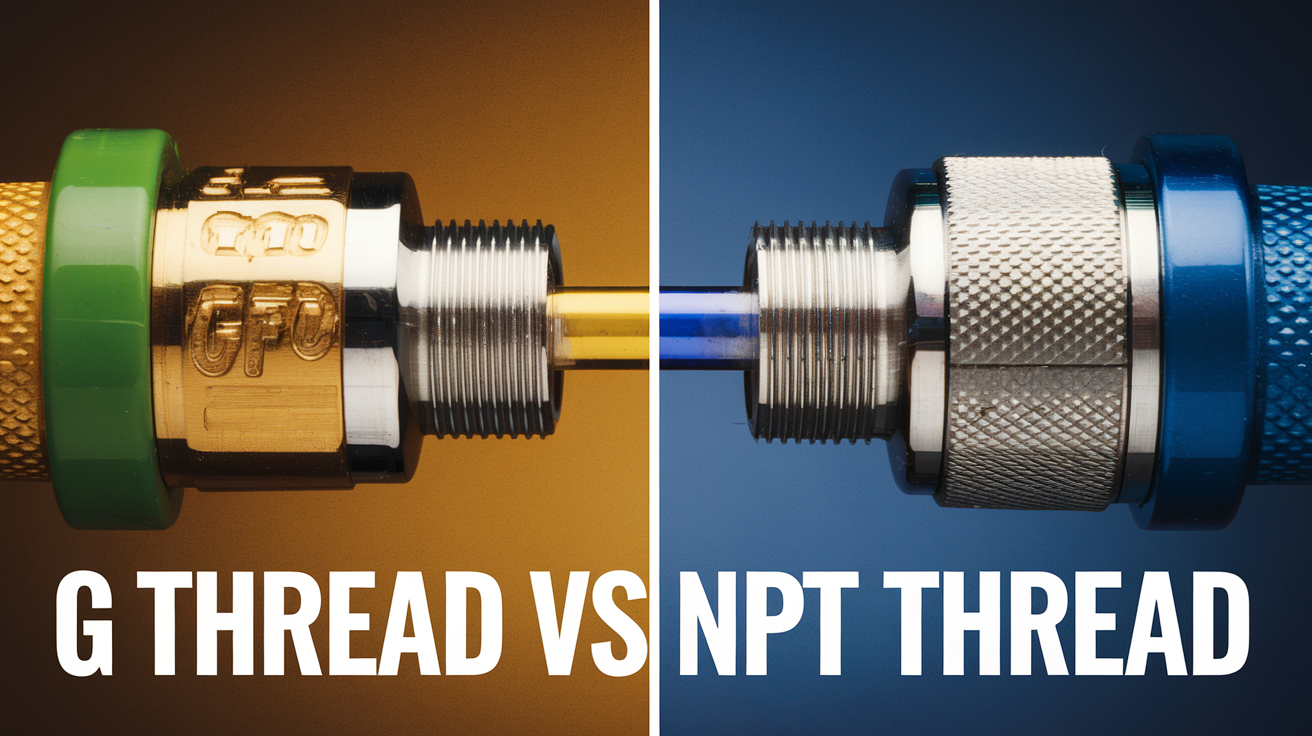Sheet metal screws are essential fasteners used across various industries, featuring distinct characteristics in their configurations. Understanding sheet metal screws with their features, types, construction (head, slot & point), sizes, and differences between sheet metal screws and wood or machine screw.
What Are Sheet Metal Screws?
A sheet metal screw is designed specifically for fastening thin metal sheets and can also used for other materials like plastic, fiberglass, and wood. Its defining characteristic is a fully threaded shank with sharp, aggressive threads designed to cut into and securely grip materials. The threads themselves are generally larger and coarser than those of standard screws, further enhancing their gripping power in sheet metal. Sheet metal screws work by creating their own mating threads as they’re driven, combining cutting and fastening actions in a single operation. They’re engineered to provide excellent holding power while minimizing material displacement and distortion.
What are sheet metal screws made of?
They can be made from various materials. Stainless steel is one of the most common materials because of its corrosion resistance and durability. Carbon steel is also a popular choice, and brass, copper, and others are sometimes used.
What are sheet metal screws used for?
Although sheet metal screws are specialized fasteners primarily designed for fastening metal sheets, their unique design and threading allow them to securely connect various components in a wide range of applications.
- Metal Fabrication: sheet metal screws provide a strong connection between metal sheets, they are often used in the fabrication of metal structures, such as frames, brackets, and enclosures.
- HVAC Systems: In heating, ventilation, and air conditioning (HVAC) systems, sheet metal screws are used to assemble ductwork and other metal components, allowing for efficient airflow and system performance.
- Automotive Applications: they are used to attach metal parts, such as body panels and brackets.
- Roofing: particularly for securing metal roofing panels to the underlying structure, to help prevent leaks and provide stability against wind and weather conditions.
- Electrical Enclosures: secure covers and panels on electrical enclosures, protecting sensitive components from environmental factors.
- Appliances: Many household appliances, such as refrigerators and washing machines, utilize sheet metal screws to hold together metal parts, contributing to the overall functionality and design.
- DIY Projects: For hobbyists and DIY enthusiasts, sheet metal screws are a go-to fastener for various projects involving metal, wood, and plastic, thanks to their versatility and ease of use.
- Industrial Equipment: assemble machinery and equipment, providing reliable connections that can withstand vibrations and heavy loads.
Types of Sheet Metal Screws
The main types of sheet metal screws are self-tapping and self-drilling screws.
Self-Tapping Sheet Metal Screws
Self-tapping screws are designed to create their own mating threads as they are driven into a pre-drilled pilot hole or punched hole. This pre-drilling is crucial as it prevents the material from splitting or cracking during installation. The screw’s sharp, pointed tip helps guide it into the pilot hole, and the threads then cut into the material, forming a secure connection. This type is ideal for thinner sheet metals and situations where a clean, flush finish is desired. The pre-drilled hole ensures minimal material displacement and a tighter fit. While offering excellent holding power, they are not suitable for thicker materials where the screw might struggle to tap effectively.
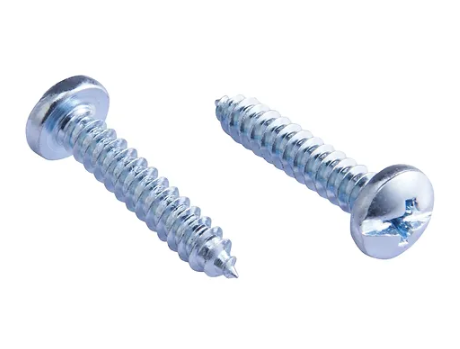
Self-Drilling Sheet Metal Screws (TEK® Screws)
Self-drilling screws, often referred to as TEK® screws, eliminate the need for pre-drilling. They feature a drill-bit-like point at the tip that allows them to drill their own hole as they are driven in. This simplifies and speeds up the fastening process considerably. The screw’s threads then engage with the newly created hole, securing the materials together. This type is suited for thicker gauge metals and situations where pre-drilling is impractical or time-consuming. The self-drilling action generates swarf (metal shavings), so some cleanup might be necessary after installation. Their design makes them highly effective for various metals and even some plastics.
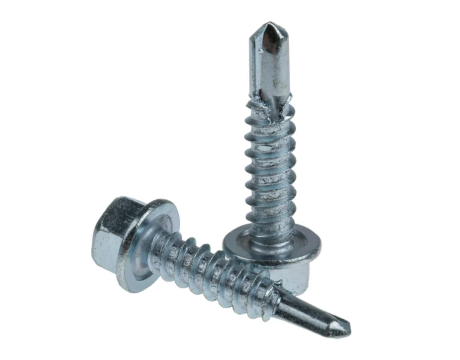
Sheet Metal Screw Point Types
|
Point Type |
Characteristics |
Best Applications |
|---|---|---|
|
Type A |
Coarse threads with gimlet (tapering) point |
Thin metals (0.015″ to 0.050″ thick), wood, drilled/punched holes, resin-impregnated plywood |
|
Type AB |
Fine threads with gimlet point, combines Type A point with Type B thread design |
Fragile materials, a wider range of applications, follow Type B limitations |
|
Type B |
Blunt tip, spaced threads, larger root diameter with finer thread pitch |
Heavier metals (0.050″ to 0.200″ thick), plastics, plywood, non-ferrous castings |
Sheet Metal Screw Head Types
| Head Type | Characteristics | Best Applications |
|---|---|---|
| Flat | Countersunk design, Phillips or slotted drive, and self-drilling options available | Projects requiring flush surface finish, countersunk holes, and smooth appearance |
| Hex | Six-sided head design, used with nuts | High-torque applications, where wrench/socket usage is needed |
| Hex Washer | Hexagonal head with integrated washer | Applications requiring load distribution and prevention of loosening |
| Oval | Slightly rounded top, flush sitting, additional girdles | Visible applications, where wind resistance and aesthetics matter |
| Pan | Rounded head that protrudes, Phillips or slotted drive, various finishes | Applications where the head protrusion is acceptable or desired |
| Truss | Extra-wide head with a rounded top, Phillips drive | Soft materials, larger holes, where load distribution is needed |
Sheet Metal Screw Slot Types
| Slot Type | Characteristics | Tool Requirements | Best Applications |
|---|---|---|---|
| Cross (Phillips) | Two perpendicular slots forming a “+” shape | Phillips or slotted screwdrivers |
– General-purpose applications – Mass production assembly – Where tool versatility is needed – Most industrial and consumer applications |
| Slotted (Flat) | Single straight slot forming “-” shape | Flathead screwdriver |
– Simple assembly tasks – Traditional woodworking – Where only basic tools are available – Projects requiring quick installation |
| Square | Recessed quadrilateral shape | Square-drive tool |
– High-torque applications – Precision installations – Professional Construction – Where slip resistance is crucial |
Sheet Metal Screw Sizes
| Size | Thread Diameter (Decimal) | Thread Diameter (Nearest Fractional) |
|---|---|---|
| #4 | 0.112″ | 7/64″ |
| #6 | 0.138″ | 9/64″ |
| #8 | 0.164″ | 11/64″ |
| #10 | 0.190″ | 3/16″ |
| #12 | 0.216″ | 7/32″ |
| #14 | 0.250″ | 1/4″ |
Sheet Metal Screw vs Wood Screw, What Are the Differences?
Sheet metal screws and wood screws are designed for different purposes, here we’ll list the differences between them for easier selection.
| Feature | Sheet Metal Screws | Wood Screws |
|---|---|---|
| Primary Use | Metal, hard plastics, and sometimes wood | Specifically designed for wood materials |
| Thread Design | More threads per inch, threaded along the entire length | Fewer threads per inch, threaded about two-thirds of the length |
| Shank Characteristics | Threaded to the top, may slightly flare near the head | Smooth shank beneath the head, a noticeable flare near the head |
| Self-Tapping Ability | Can be self-tapping | Not self-tapping |
| Pilot Hole | Requires pilot hole (unless self-drilling) | Works with a narrower pilot hole |
| Head Style | Slots or Phillips heads are available | Flat or domed, slots or Phillips heads |
| Holding Power | Higher strength for metal and heavy materials | Lower strength, designed to prevent wood splitting |
| Cost | Slightly more expensive | Less expensive |
Sheet Metal Screws vs Machine Screws, What Are the Differences?
Compared to another common fastener – machine screw, when should you use sheet metal screw? Take a look at the comparison between them.
| Feature | Sheet Metal Screws | Machine Screws |
|---|---|---|
| Primary Use | Joining sheet metal and various materials (metal, wood, plastics) | Precision applications in machinery and electronics |
| Installation Method | Self-tapping or self-drilling; cuts own threads | Requires pre-threaded or tapped holes |
| Thread Design | Sharp, aggressive threads for cutting into the material | Uniform, precise threads for matching tapped holes |
| Head Style | Pan, round, flat, or hex head with Phillips or combo drive | Flat, round, pan head with slotted, Phillips, or specialized drives |
| Material Options | Carbon steel, galvanized, or stainless steel | Steel, brass, and various metals with different coatings |
| Additional Hardware | Generally used without nuts | Often used with corresponding nuts |
| Application Precision | Moderate precision requirements | High precision requirements |


